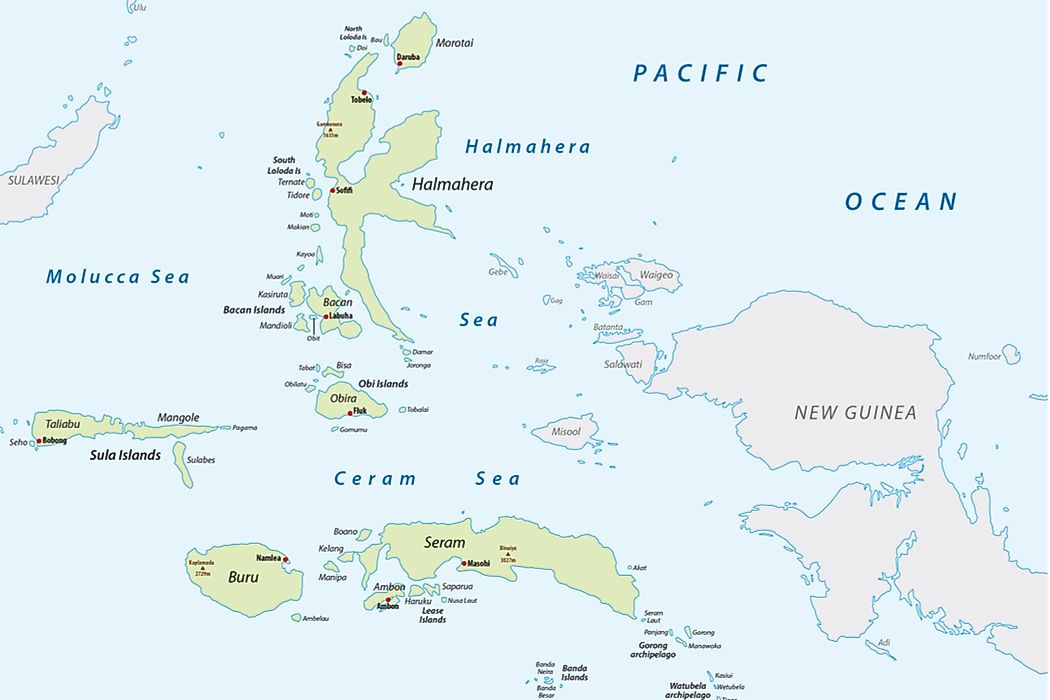What Is The Biggest Bee In The World?

The Wallace’s giant bee, also known as the Megachile pluto, is a huge resin bee which is native to Indonesia. The bee was thought extinct for over a century until Adam Messer rediscovered them in 1981 on Bacan Island. The Wallace’s giant bee belongs to the Megachilidae family. It is the world’s biggest bee species which is larger than all the over twenty thousand known bee species including bumblebees.
Description
The female megachile plutos have a 2.5 inch wingspan and a body length of about 1.5 inches while the males are 0.9 inches long. The head of the female bees are approximately 0.5 inches wide, and they have strong pointy jaws for collecting resin. The Wallace’s giant bee can scrape and carry a 0.4 inch wide resin to the nest which they use to build their nests. The Wallace's giant bee is about twenty-two times bigger than the smaller worker bees which are nearly 0.07 inches long. It is also larger than the bumblebee and the giant honey bee.
Distribution and Habitat
The Megachile plutos are native to the North Moluccas islands in Indonesia particularly Tidore, Halmahera, and Bacan Archipelago. These bees are considered vulnerable due to their restricted habitats and the degradation of their habitats. Degradation of their habitats is caused by the impacts of numerous invasive plant species and mining. These bees are believed to be constrained to the lowland forests.
Ecology
Megachilidae genera are named according to the material they use to make their nests with, and Wallace’s giant bees are known as resin bees because they use resins to build their nests. The Megachile pluto erects its nest inside an existing nest of the Microcerotermes amboinensis. The bees erect numerous partitions inside the termite’s layer using a resin.The fact that they live together with these termites has helped hide them from the locals for over a century.
Discovery and Rediscovery
Wallace’s giant bees were first discovered by Alfred Wallace back in 1858. Alfred spent about eight years exploring the Malay Archipelago from 1854 and managed to collect about 125,660 samples which included over 83,200 beetles. Wallace found over 1,000 species which had not been discovered yet, and this included a single female specimen of the biggest bee. Wallace found the female Megachile pluto specimen in Bacan Island and described it in his book as a large, black wasp-like creature which had huge jaws. The bee was later named Wallace’s giant bee. Frederick Smith, a British entomologist, described it as the biggest species of its genus in 1860.
There were no reports of Wallace's giant bees for over a century, and it was believed extinct, especially with the vast forestry activities on the island over the last century. The Wallace's giant bees were rediscovered in 1981 by Adam Messer. Adam discovered six Wallace’s giant bee’s nests on Bacan Island and the adjacent islands. The Wallace's giant bees were among the twenty-five most sought-after lost species which are the primary focus of one of the Global Wildlife Conservation’s which searches for lost species.











